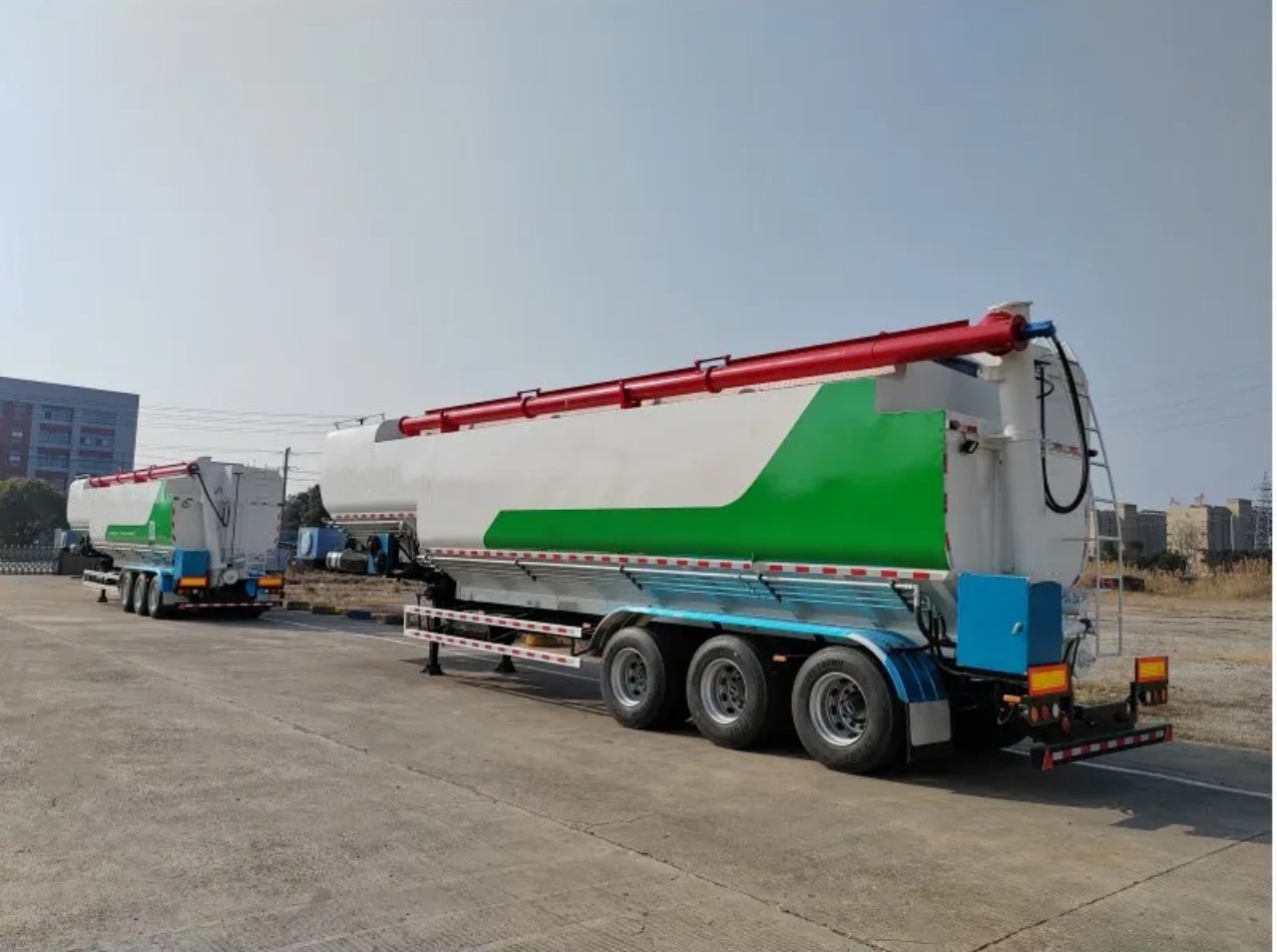In industrial transportation and logistics, pneumatic tanks are essential tools for handling and transporting bulk materials efficiently. These specialized tanks utilize pneumatic principles to facilitate the movement of materials such as dry bulk powders, granules, and other free-flowing substances. Understanding their function, design, and applications unveils their critical role in various industries, from construction and agriculture to manufacturing.
Understanding Pneumatic Tanks
Pneumatic tanks, often mounted on trucks or trailers, are designed to pneumatically convey bulk materials from one location to another. Unlike traditional liquid tankers, which transport fluids like water or chemicals, pneumatic tanks cater specifically to dry bulk commodities. This distinction is crucial, as it dictates the tank’s construction and operational mechanisms.
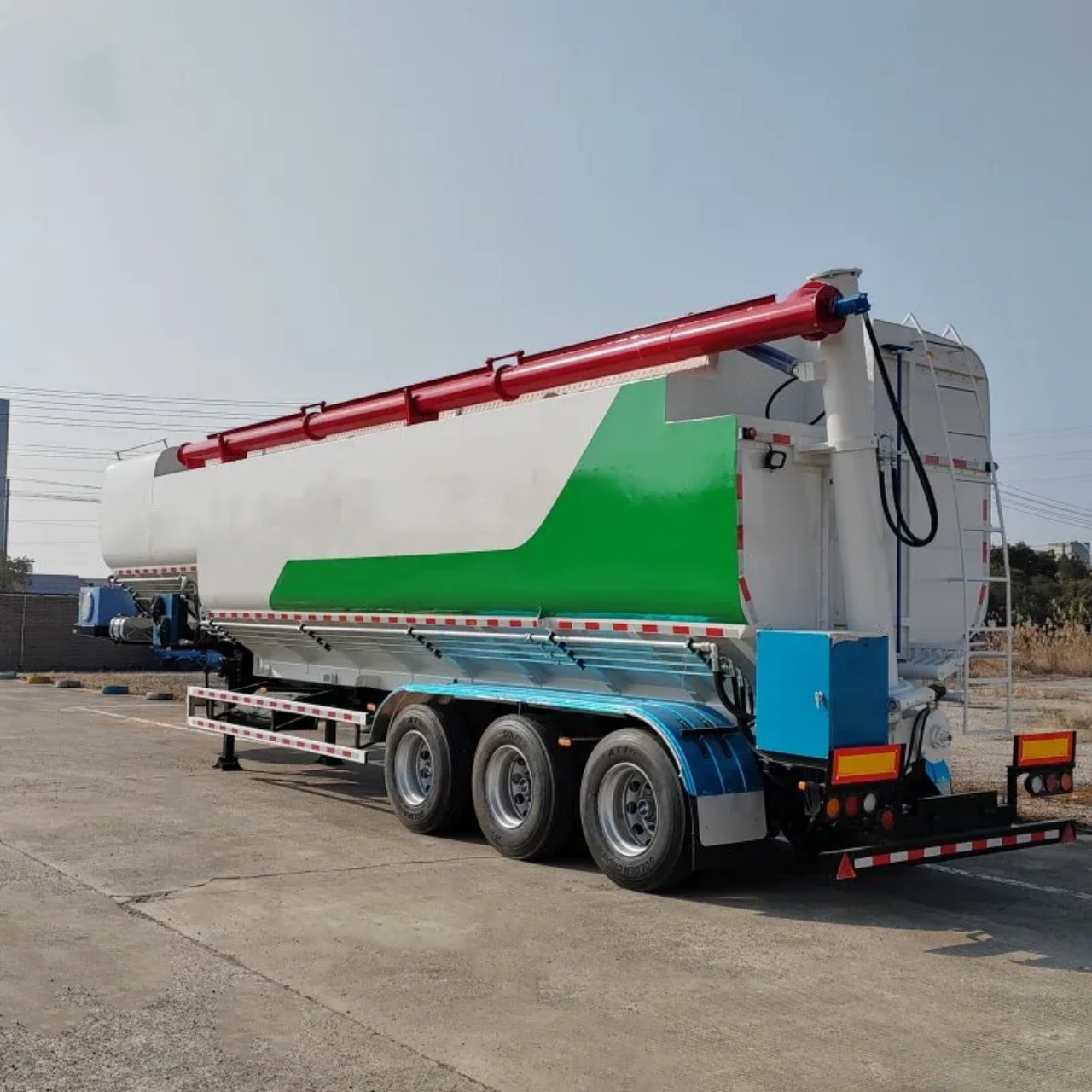
Functional Design and Components
The core of a pneumatic tank’s functionality lies in its design and components. Typically cylindrical with a conical bottom, these tanks feature multiple compartments that allow for the simultaneous transport of different materials or the segregation of various batches. The tanks are constructed from robust materials like carbon steel or stainless steel to withstand the rigors of heavy-duty usage and to ensure the containment of materials without contamination or leakage.
Operating Principles
The operation of a pneumatic tank revolves around the principle of air pressure differentials. A high-capacity air compressor mounted on the truck or trailer generates compressed air, which is then directed into the tank. As the air enters the tank, it creates a positive pressure environment that displaces the material inside, causing it to flow out through specially designed discharge valves.
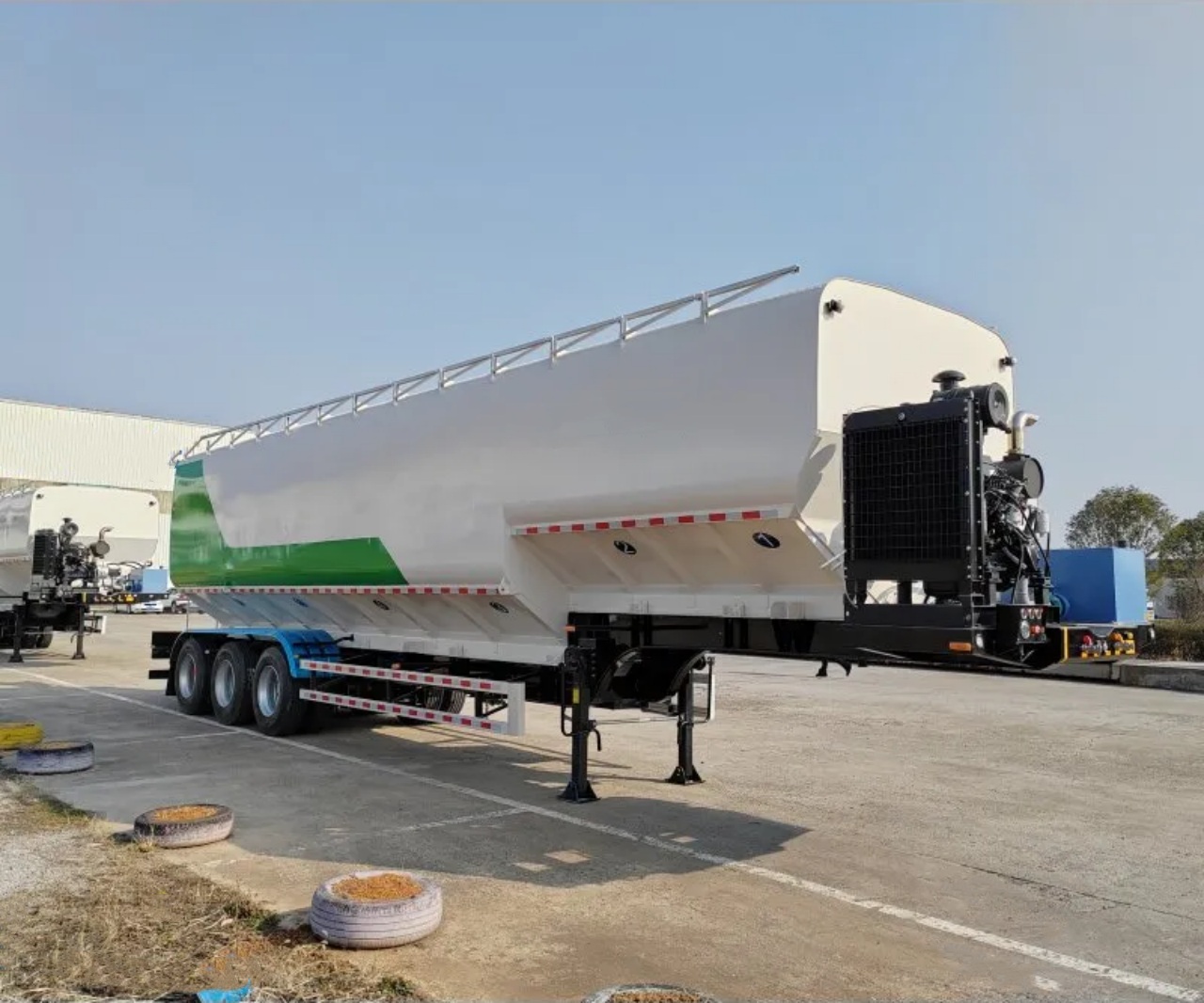
Applications Across Industries
Pneumatic tanks find extensive application across diverse industries due to their versatility and efficiency in handling various bulk materials. In the construction sector, they are used for transporting cement, sand, and fly ash to construction sites where conventional transportation methods might be impractical or inefficient. In agriculture, these tanks facilitate the distribution of fertilizers and grains, optimizing logistical operations during planting and harvesting seasons.
Challenges and Solutions
Operating pneumatic tanks comes with its own set of challenges, primarily related to material flow consistency and operational safety. Ensuring proper maintenance of valves and seals is critical to preventing leaks and maintaining efficiency. Moreover, managing air pressure levels and understanding material characteristics are essential to preventing clogging and optimizing transport efficiency.
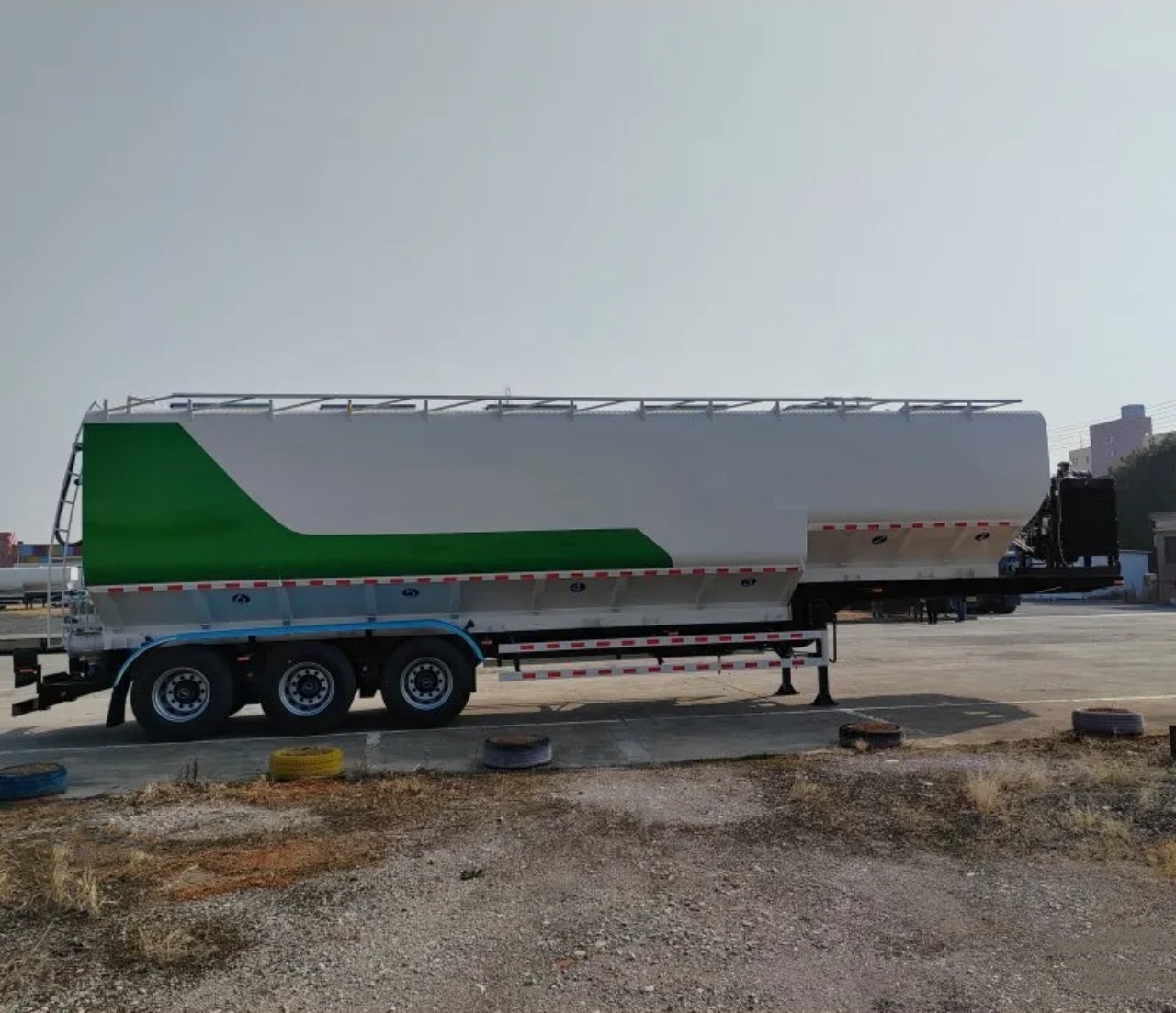
Technological Advancements
Recent advancements in pneumatic tank technology have focused on improving efficiency and safety. Automated control systems now monitor and regulate air pressure and material flow, enhancing operational precision and reducing human error. Additionally, innovations in tank design and material handling systems have led to lighter yet more durable tanks that can carry larger payloads while minimizing fuel consumption and environmental impact.
Environmental and Regulatory Considerations
As with any industrial equipment, environmental impact and regulatory compliance play pivotal roles in the design and operation of pneumatic tanks. Manufacturers adhere to stringent standards to ensure tanks meet safety regulations and environmental protection guidelines. Efforts are also ongoing to develop cleaner, more energy-efficient pneumatic systems that reduce emissions and overall environmental footprint.
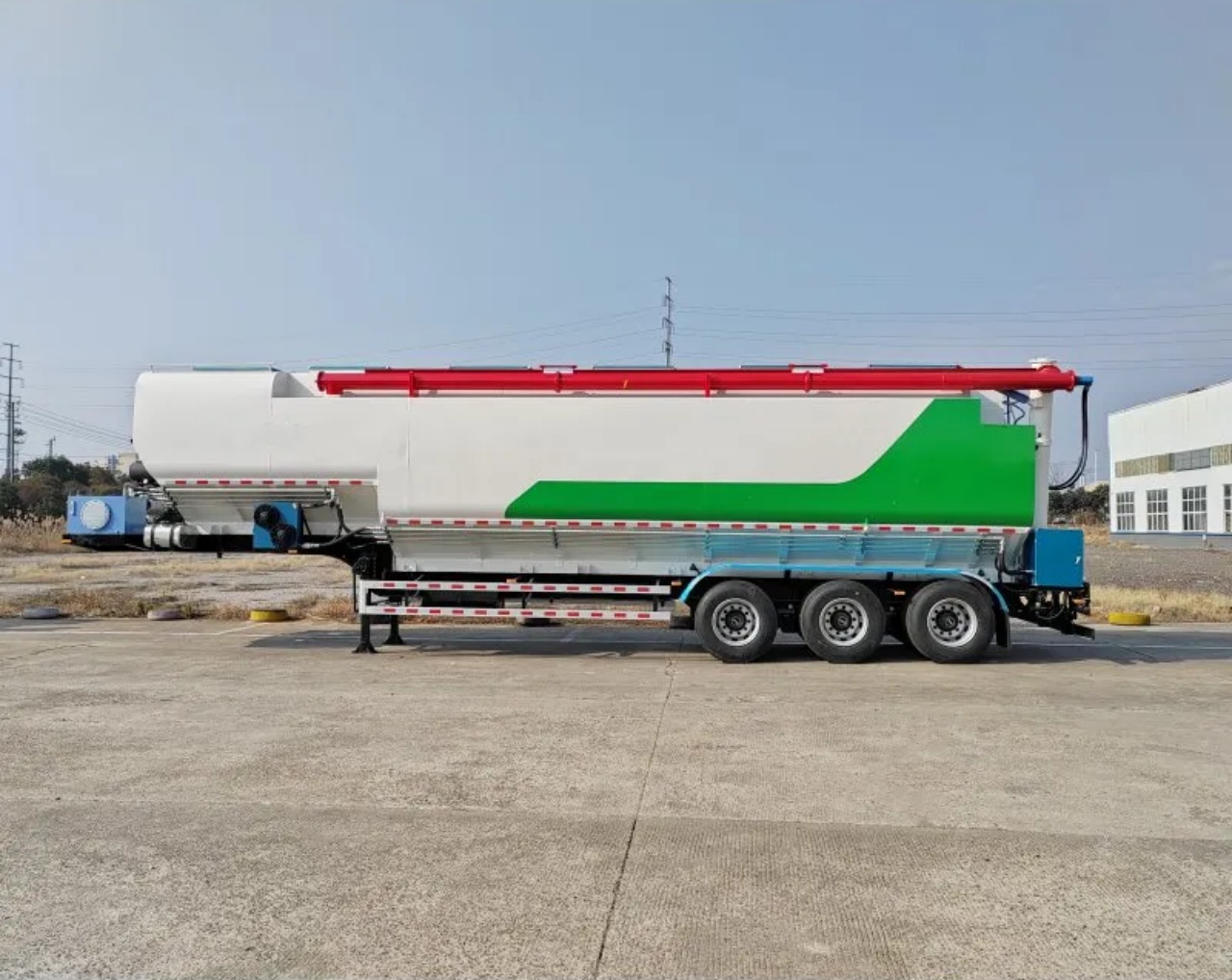
Future Outlook
Looking ahead, the future of pneumatic tanks appears promising with ongoing research and development aimed at further enhancing efficiency, safety, and sustainability. Integration with digital technologies such as IoT (Internet of Things) for real-time monitoring and predictive maintenance is poised to revolutionize how pneumatic tanks are operated and maintained.
Conclusion
In conclusion, pneumatic tanks represent a vital link in the logistics chain for transporting dry bulk materials across industries. Their efficient operation, coupled with advancements in technology and design, continues to drive innovation and improve the way bulk materials are handled and transported globally. As industries evolve and demand grows, the role of pneumatic tanks in facilitating efficient and sustainable transportation solutions is set to expand, shaping the future of industrial logistics in profound ways.
